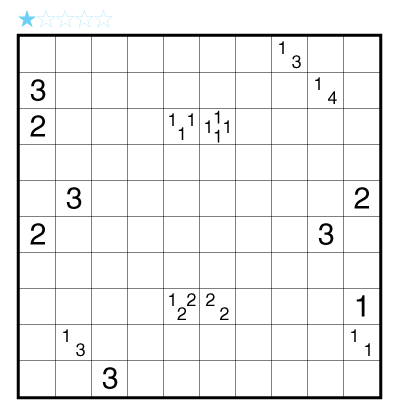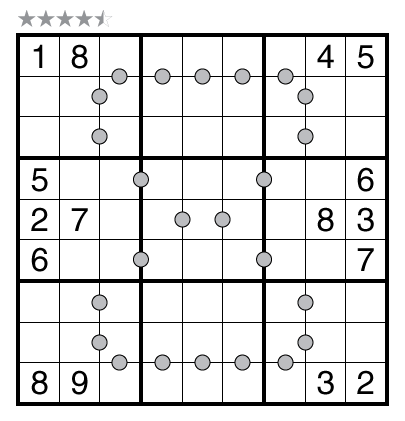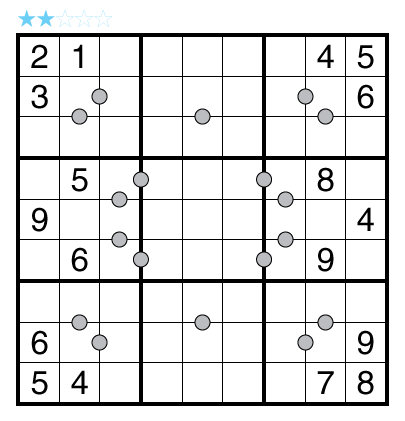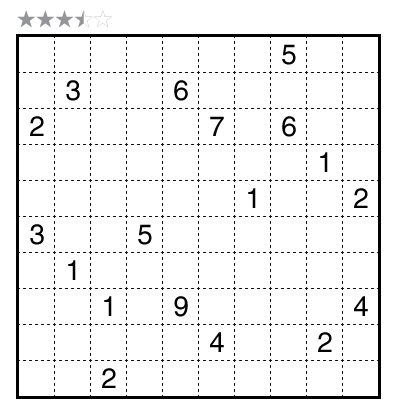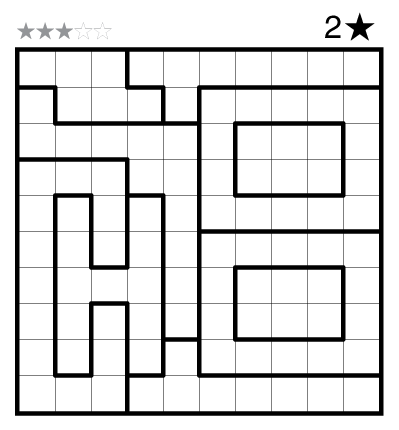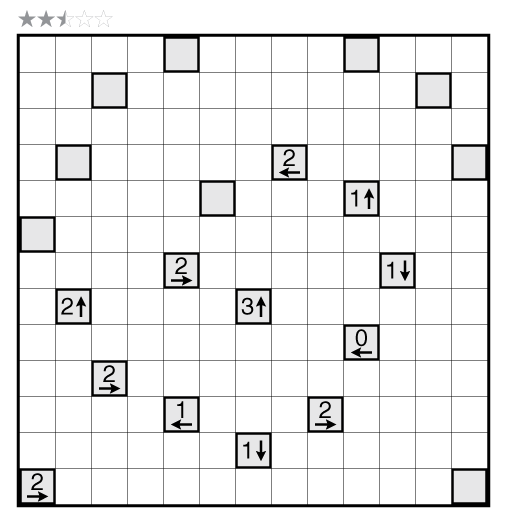Just One Cell Classic Sudoku by Gliperal
This is the second of two puzzles posting today in this style.
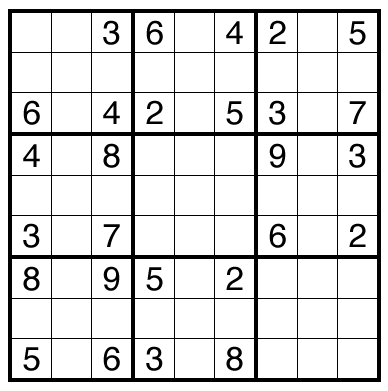
or solve online in Penpa, or also solve online in SudokuPad as a new option (note: highly recommended to turn off “Mark Solved Digits” option if you use that in SudokuPad).
Author/Opus: This is the 1st puzzle from guest contributor Gliperal.
Rules: This Sudoku does not have a unique solution for the full grid (it actually has a large number of solutions), but there is exactly one cell in which a number can be logically placed that is fixed across all solutions. Find this cell and its unique value.
This puzzle follows Classic Sudoku rules, so no number repeats in any row, column, or bold region.
Time Standards (highlight to view): This competition had 1-point (easy), 2-point (medium), 3-point (hard), or higher value puzzles. This was worth 5 points (extreme category), roughly 5+ minute target.
Solution: PDF
Note: Follow this link for other Just One Cell Sudoku.
Note 2: Comments on the blog are great! For a more interactive discussion, please also consider using our Just One Cell Sudoku Discussion post on the GMPuzzles Discord. Not a member of the Discord? Click this link for basic access.


